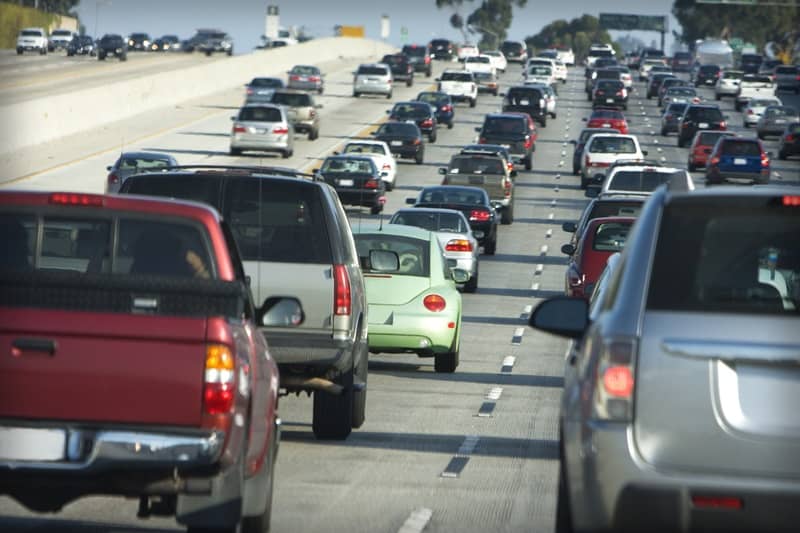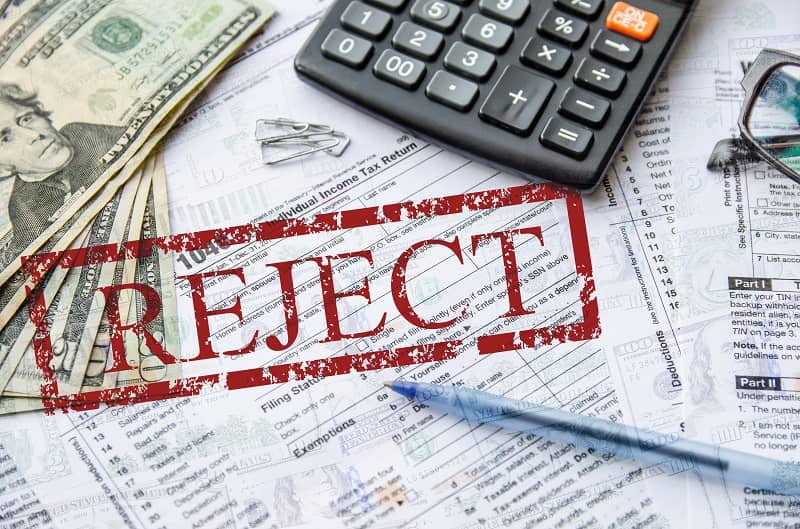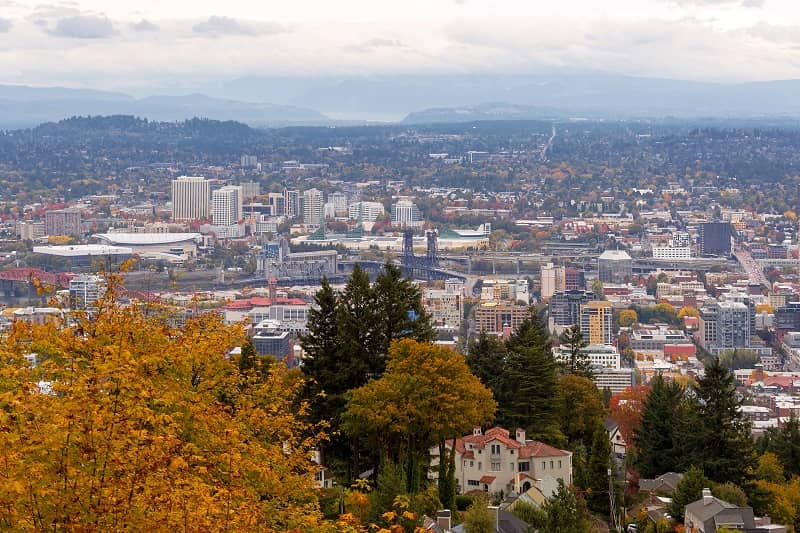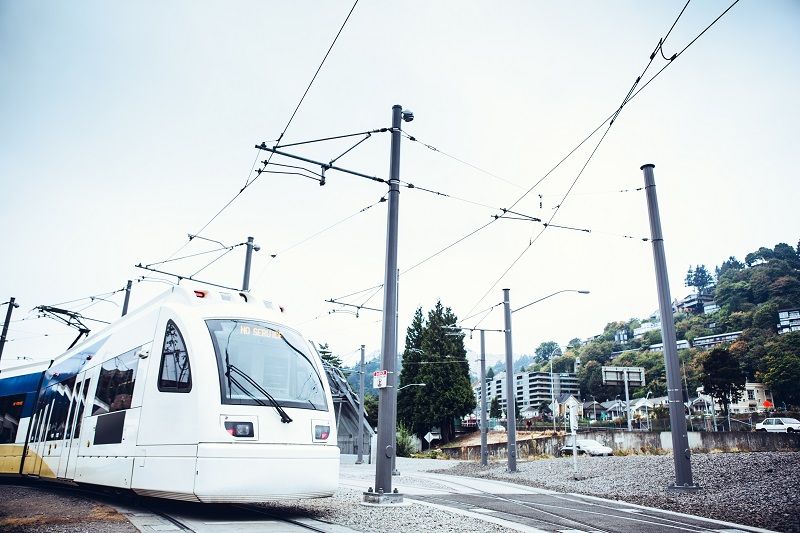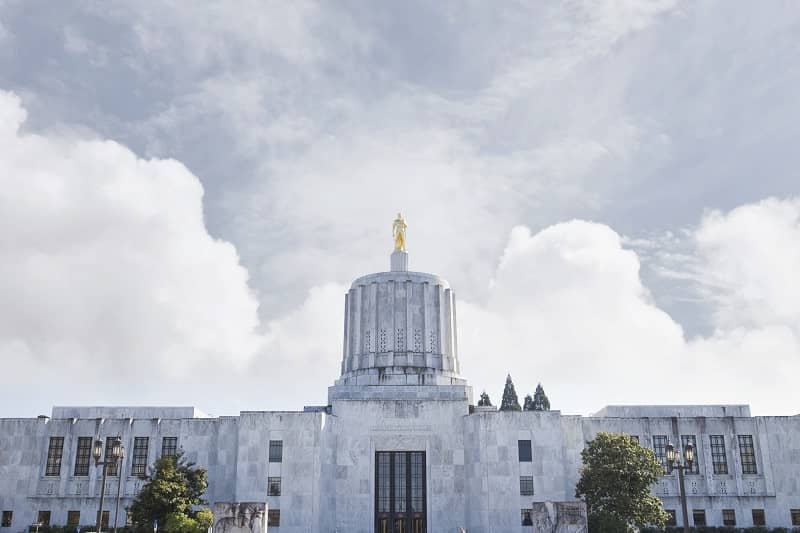Testimony of John A. Charles, Jr.
President, Cascade Policy Institute
Before the Joint Committee on Legislative Oversight on Columbia River Crossing
Regarding the Proposed Light Rail Extension to Vancouver
March 15, 2012
The CRC is fundamentally a light rail project. Therefore the first task for the Oversight Committee should be to rigorously assess the purpose and need for light rail. Specifically, what transportation service will light rail provide, and how does that service compare with express bus service currently offered by CTRAN?
It is important that the comparisons be made on a side-by-side basis, not system-wide. The reason is that the cost-effectiveness of TriMet’s light rail system varies considerably by line. The Yellow line is the least productive MAX line in the entire system[1], averaging only 127 boarding rides/vehicle-hour. In contrast, the most productive line (Blue) averages 166 rides/vehicle-hour.
A summary of key metrics clearly shows that light rail compares poorly:
CRC Light Rail vs. CTRAN Express Bus
|
MAX Yellow Line |
CTRAN I-5 Express buses |
|
|
Peak-hour travel time* |
36 minutes |
16 minutes |
|
Total capital cost, 2012-2020** |
$856-$944 million |
$4-$8 million |
|
% of operations cost covered by fares*** |
47% |
67% |
*Derived from the FEIS and CTRAN published schedules.
**Various CRC finance documents; author’s estimates for CTRAN.
***Personal communication with finance staff of the respective agencies, 3/14/12.
Travel Speed: The only reason to add new transit service is to make bi-state travelers better off. Light rail would make them worse off, by lengthening commute times by 125%. The attached paper by transit consultant Thomas Rubin provides a more detailed analysis. This is a fatal flaw that cannot be overcome, because MAX is an all-local system, and it is competing with Express Bus service.
Cost: At roughly $300 million/mile, this would be the most expensive transit project in Oregon history. For comparison, the Milwaukie LR project is estimated to cost $211 million/mile while the Emerald Express BRT project in Eugene-Springfield cost $6 million/mile.
Light rail proponents have long argued that the high capital costs of rail are offset by savings in operations cost, but that is based on systemwide averages. Actual numbers for CTRAN I-5 Express Buses and the Yellow MAX line suggest that there will be no operating cost savings for light rail. CTRAN recovers 67% of bus operating costs from passenger fares, while the Yellow MAX line collects only 47%.
Conclusion: Vancouver light rail would serve no public purpose and would have extremely low ridership. The Legislative Oversight Committee should euthanize it as soon as possible.

